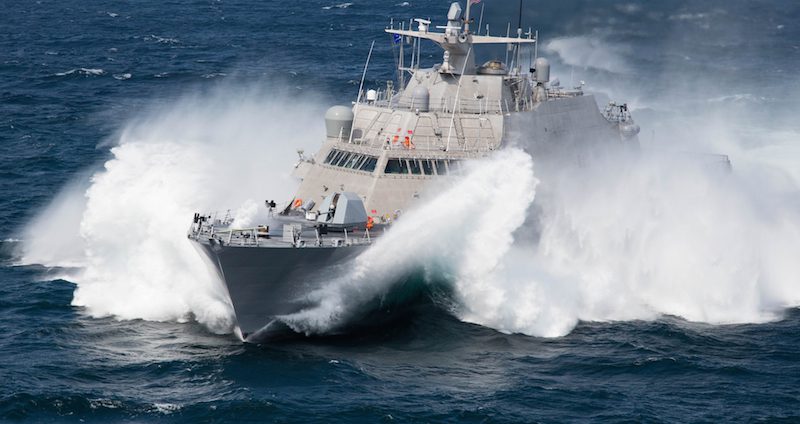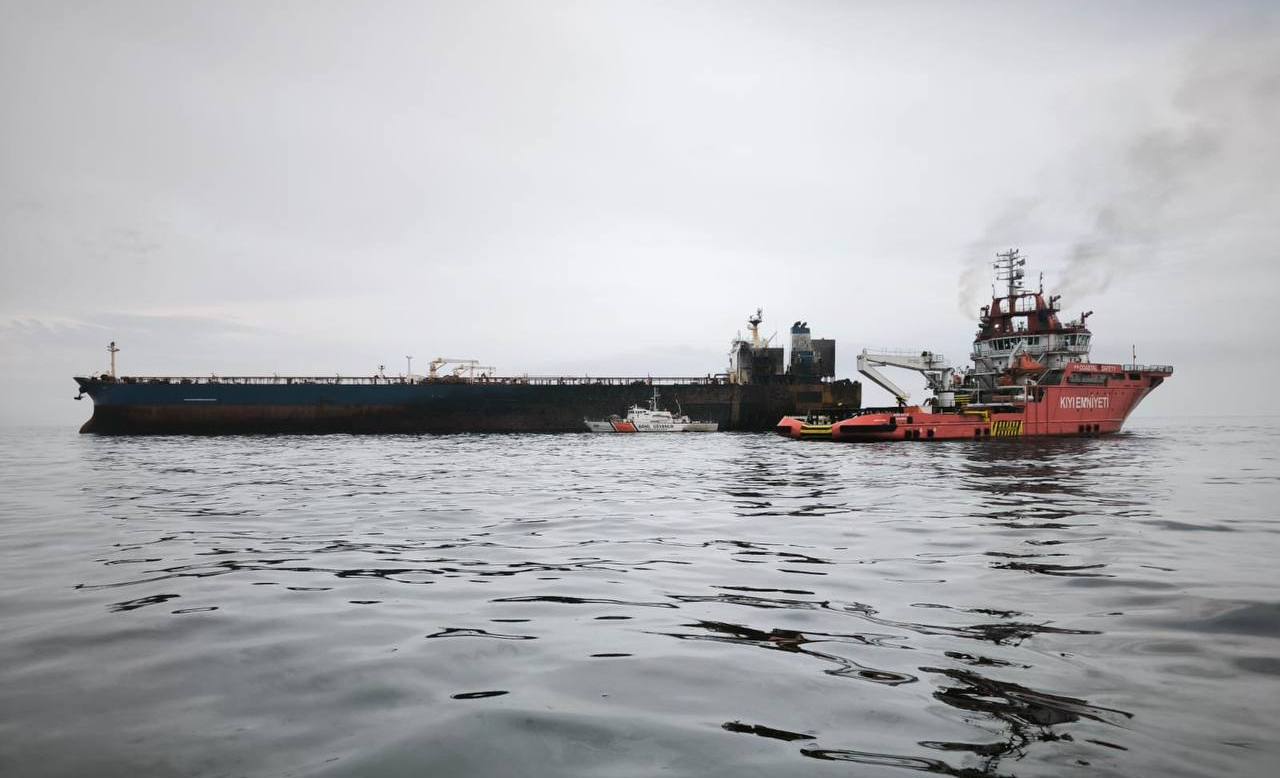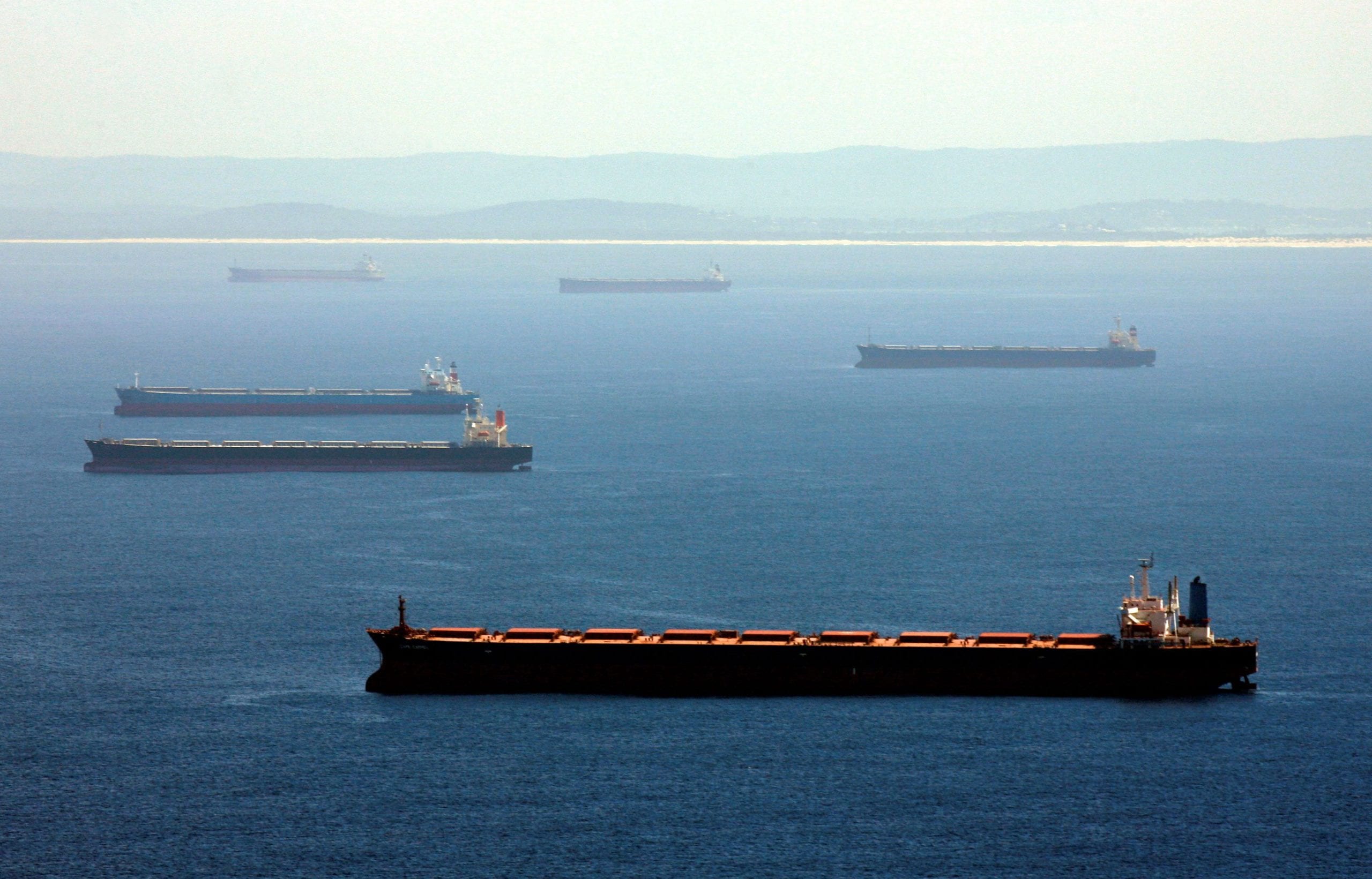The Freedom-class USS Milwaukee (LCS 5) during sea trials in September 2015. Photo: Lockheed Martin
By Tony Capaccio
(Bloomberg) — The Senate’s two top defense policy lawmakers want the U.S. Navy to make additional major changes to the service’s troubled $29 billion Littoral Combat Ship program or risk losing their support for future purchases.
“Until these actions are taken, we will have significant concerns about supporting the procurement of additional LCSs,” Senators Republican John McCain and Jack Reed, the chairman and ranking Democrat of the Senate Armed Services Committee, wrote Navy officials on Sept. 15 in a letter obtained by Bloomberg News.
The letter didn’t specify whether the senators were referring to support for the basic littoral ship, successor “frigates,” or both. Current plans call for 12 LCS vessels or frigates to be procured from 2018 through 2025. The Senate committee and its House counterpart have already approved the two requested for fiscal 2017; congressional appropriators added a third. Eight vessels in a total 40-vessel program have been delivered.
The ship, built in two versions by Lockheed Martin Corp. and Austal Ltd. and designed to operate in shallow coastal waters, has been criticized for its reliability flaws, limited combat power, and uncertain ability to survive in combat. The vessels this month suffered their fifth major reliability or maintenance failure in less than a year.
‘Major Deficiencies’
The Navy announced Sept. 8 it was altering training and crew rotation, de-emphasizing the swapping of missions and equipment “modules” that was supposed to be a hallmark of the vessels. The changes came after the latest of several Navy reviews since 2012 questioning basic program assumptions and propulsion system failures.
“We applaud your initiative in attempting to correct major deficiencies” and “urge you to take” additional “long overdue actions,” the senators wrote. In buying the vessels, the Navy “has deviated from many aspects of a normal acquisition program, including deploying the ship before any significant testing had been conducted,” the senators wrote to Chief of Naval Operations Admiral John Richardson.
Commander Chris Servello, Richardson’s spokesman, said via e-mail that the service “appreciates the ongoing support of the Congress — we are united in our focus on improving the performance for the LCS class. Each issue raised in the letter has been identified by Navy reviews, and is either covered in the recent LCS review or in other actions.”
Implementing Changes
During the latest review, “wholesale changes to the crewing, deployment, mission module, training and testing concepts were identified to provide more ownership and stability, while also allowing for more forward presence. Those changes are in the process of being implemented,” Servello said.
“We will continue to keep Congress and the American people informed on how we will work to keep this important program on track,” Servello said.
The biggest additional change McCain and Reed suggested was reducing the days the vessels deploy overseas to a level that won’t burn out the crew or increase the chances of major reliability failures. That would require deploying them for less than 50 percent of their projected 25-year service life; destroyers are deployed at less than 25 percent of their life, for example.
Although the latest review adjusted crew levels and roles to simplify operations “it did not change the employment concept of having one LCS continuously deployed for every two ships,” they wrote.
‘Unsustainable’ Tempo
“The significant challenges” with reliability and system failures “that surfaced during the first three LCS deployments” of the USS Freedom, USS Fort Worth and USS Coronado “provide strong evidence that this tempo is likely unsustainable,” McCain and Reed wrote.
The duo also urged the Navy to start planning now to conduct a deep review of manning requirements and start developing a successor “small surface combatant’’ vessel to address the capability and survivability shortfalls of the LCS, beyond the better-armored “frigates” the service intends to purchase.
The bipartisan letter comes amid increased scrutiny of the program but also of Navy ship numbers overall. The service is close to completing a new ‘‘Force Structure Assessment” that’s reviewing whether the Navy’s 308-ship inventory goal needs to increase.
Ship numbers have also factored in the defense spending position of Republican presidential nominee Donald Trump.
Trump’s Navy
Trump’s campaign said he “will build a Navy approaching 350 surface ships and submarines.” One of Trump’s top national security advisers is armed services panel member Senator Jeff Sessions, a Republican from Alabama who’s been a strong supporter of the LCS program. The Austal version is built in Mobile, Alabama.
Two days before the Senators’ letter warning of additional maintenance failures, the Austal-made USS Montgomery became the fifth LCS in less than a year to experience major glitches.
The vessel was hit on Sept. 13 with two unrelated casualties within a 24-hour period in the hydraulic cooling system and a gas turbine engine after leaving Mobile bound for her home port of San Diego, Lieutenant Rebecca Haggard, a Naval Surface Forces spokeswoman, said in an e-mail. The ship will sail to Mayport, Florida, for repairs before continuing to San Diego, she said.
© 2016 Bloomberg L.P

 Join The Club
Join The Club











